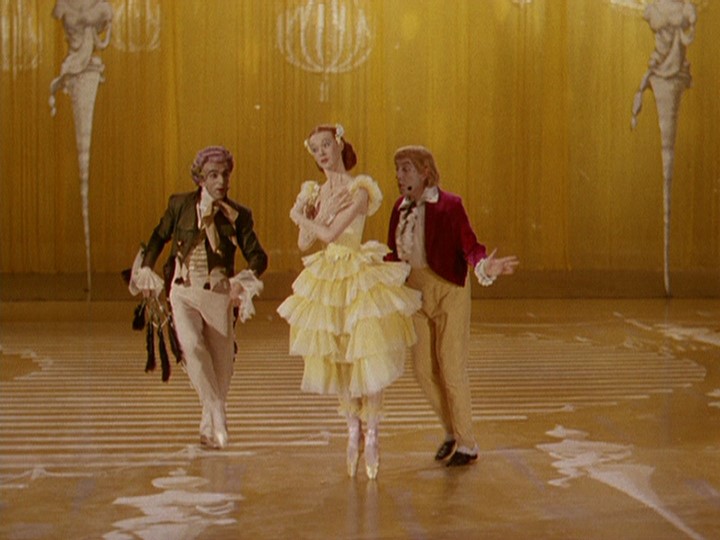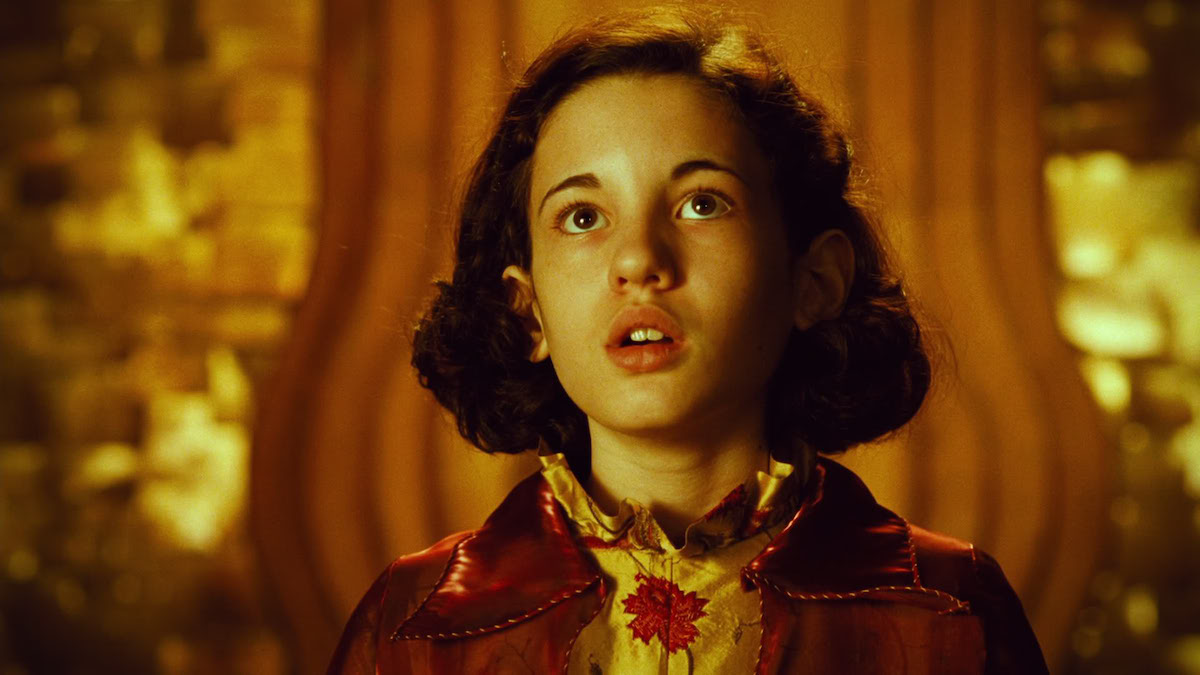
In her classic supernatural novel The Haunting of Hill House, Shirley Jackson noted that no creature can exist under conditions of complete realism and that even grasshoppers are supposed to dream. If grasshoppers need to dream, then why also not adult human beings?
What would life be without dreams and what are fantasies but waking dreams? Without the thought of fantastic things life would be dull indeed.
There have been many fantasy films created over the years and most of those have been aimed at children or the family audience. However, there have also been a number of fantasy films that were meant for adult audiences. Quite often these films express adult fears or concerns or become allegories for these things. Many of these films are the products of major film makers.
Many of the films on this list were released during World War II and the years just after. This can’t be a co-incidence since that was traumatic time in the world’s history. Living under conditions of complete realism isn’t a great choice when times are especially grim.
25. The Magic Flute (1975)
Whimsical isn’t a word many would apply to the intense and deified Swedish director Ingmar Bergman. Bergman is known for his insightful, incisive dramas exploring the dark recesses of the human heart. However, he does have a fantastical side as such classics as The Seventh Seal and Wild Strawberries attest. In light of that Bergman’s decision to create a film version of the great Mozart opera The Magic Flute shouldn’t be surprising.
The opera involves young lovers, the titular musical instrument played by the male half of the couple how it figures into the evil Queen of Night kidnapping the young lady of the couple with a dragon in the works. Actually, the film is really more of a meditation of on the staging of the opera.
Bergman makes it quite plain that the viewer is seeing a filming of the director’s stage version of the opera with frequent backstage views of the players and behind the scenes personnel. Yes, there is magic in the opera’s story but Bergman seemed to be even more taken with the magic of the theater.
This film was originally shot for and shown on Swedish TV but it proved to be so special that it was shown out of competition at Cannes and given theatrical release worldwide. It is a story about magic by a magical composer and a magical director.
24. I Married A Witch (1942)
It would be reasonable to assume that French director Rene Clair, renowned for his delightful late silent/early sound comedies, would not have felt whimsical in 1942. He had fled France in the 1930s going first to England and then Hollywood. While he was far from a failure he didn’t quite find the success of his early days. Today his films made during that period look equally delightful albeit in a way different from his earlier work.
Oddly enough, he mostly worked in the fantasy field during this time. Before coming to Hollywood his biggest English language success was the British The Ghost Goes West (1935). Perhaps his best Hollywood film was a sparkling adaptation of a late Thorne Smith novel, The Passionate Witch, re-titled I Married A Witch.
The film tells the story of a young witch named Jennifer (Veronica Lake) being burned in colonial Salem along with her wizard father (Cecil Kellaway) with their spirits being sealed inside a tree. Before all of this is accomplished she puts a spell on her chief accuser (Frederic March) proclaiming that neither he nor any male descendant will ever find a happy marriage.
Cut to the present day when a lightning bolt frees the supernatural pair and they seek the current male heir of the family (March again) and find the curse is still working as he prepares to marry a beautiful shrew (Susan Hayward). Things convolutedly work around to March and Lake falling in love much to Kellaway’s supernatural displeasure. The French are the world’s best at making souffles and this is surely one and a marvelous one at that, light and airy and flavorful.
23. Beetlejuice (1988)/Edward Scissorhands (1990)
One of the most individual and distinctive of modern film makers is Tim Burton, a man who obviously does not care for mundane reality. Every film presents a stylized world where almost anything can happen.
Beetjuice starts off in the real world, though a rather sunny version of it, as a young couple (Gina Davis and Alec Baldwin) are setting up their first home only to become fatalities of a ridiculous accident. Their spirits are trapped in their beloved home as a gauche new family trashes it. The only saving grace is the stylishly morbid young daughter (Winona Ryder) who is the only one able to see the couple. Even worse, they are menaced by the rogue specter, Beetjuice (Michael Keaton).
In Edward Scissorhands, a gentle mad scientist (Vincent Price in his last role) creates an artificial man (Johnny Depp,) with large, workable scissors for hands. But the scientist dies, leaving the creature alone. A sympathetic woman (Dianne Weist) finds and rescues him and, along with her family, tries to help him fit into society as Edward and the woman’s daughter (WinonaRyder) fall in love.
Both films show Burton’s imagination and the kindness he feels for all of those on the outside of society. Burton always orchestrates fine cinematography, excellent scores (almost always by Danny Elfman) and striking sets to create worlds for his creatures which are also his own distinct cinematic worlds.
22. Blithe Spirit (1945)
Those who know David Lean from his period of international epics often forget that he started his directorial career with far more life size pictures with a more personal focus.
One surprise for those who only know the later films might be that the famed playwright and sophisticated wit Noel Coward was Lean’s sponsor at the beginning of that career. They made four pictures in all, mostly dramas, unusual for Coward. However, they did a lush color adaptation of what might well be Coward’s biggest comedy stage hit, a fantasy, no less.
Charles Condomine (Rex Harrison) is a best selling novelist working on a new book involving a fake medium. In order to research the topic he has a dinner party to which he invites the local medium, Madame Arcati (the great Margaret Rutherford, repeating her stage triumph),who he is sure is a fake. Oh, but she is not!
Though she doesn’t mean to do so, during an after dinner seance she conjures up the spirit of the writer’s late and not so lamented first wife, Elvira (Kay Hammond), much to the consternation of second wife Ruth (Constance Cummings), though only Condomine can actually see her.
It soon becomes plain that the irrepressible Elvira will only accept having her husband as a traveling companion in order to return to her astral home (which, from her telling, sounds more like an eternal cocktail party than anything else)!
Coward claimed that he wrote the original play to help relieve the war weariness of the British public and, in all honesty, the whimsy comes more naturally to Coward and the actors than to David Lean.
Though all of the players are superb, Rutherford steals the show as the least likely medium around (she comes off more like a PE teacher as a upper class girl’s school). Oddly enough, though the play is one of the most enduring of Coward’s works , the film wasn’t a hit. Happily, it has survived to become a fantasy-comedy classic.
21. Portrait of Jennie (1948)
Producer David O. Selznick fell on some pretty hard times in the late 1940s and one of the films which helped to close his studio was this version of Robert Nathan’s delicate fantasy novel, Portrait of Jennie. It was a costly flop, but he shouldn’t have been ashamed it. Portrait of Jennie may not have connected with the public but it is a skillfully crafted, well executed fantasy which, not unlike its title character, leaves a haunting memory long after it’s experienced
Artist Eben Adams (Joseph Cotton) isn’t doing very well. He has talent but no inspiration and his lifeless flower and landscape paintings aren’t getting him anywhere. He is encouraged by tough but kind art dealer Miss Spinney (Ethel Barrymore) to find something to inspire him.
Just after this advice is given he meets an old fashioned, quite striking girl named Jennie Appleton (Jennifer Jones) in the park. She seems to belong to another time and every time he meets up with her again she has grown significantly older. Investigating among some older New Yorkers, Adams discovers that Jennie actually lived and died at a young age long ago and that her spirit seems to be visiting him in physical form. They fall in love and he begins to paint her but tragedy waits in the wings.
Perhaps the story was too ethereal for such pragmatic times and, admittedly, it doesn’t make much sense on a practical level. Then again, it doesn’t try to make sense. Even Jennie herself seems unaware that she’s in some sort of continuum and Eben doesn’t even try to puzzle it out for the love of Jennie is all.
This wouldn’t work if it weren’t for the perfect atmosphere the picture creates, mostly thanks to cinematographer Joseph August, the lovely sets ,Dimitri Tiomkin’s melodious and haunting score, Oscar winning special effects and a fine cast including Lillian Gish, Cecil Kellaway, and David Wayne. Jones herself, though, holds the film together by making the viewer accept the ultra spiritual character of Jennie. William Dieterle again ably directed another great fantasy which had to wait for time to catch up with it.
20. The Curious Case of Benjamin Button (2008)
In 1922,F. Scott Fitzgerald wrote a short, short story about a man who was born old and grew younger as his life progressed. Decades later the exceptional new American film maker David Fincher saw movie potential in the idea and filled it out to superb effect in The Curious Case of Benjamin Button.
The story is told to the title character’s daughter, Caroline (Julia Ormond) by her dying, aged mother, Daisy (Kate Blanchett), as Hurricane Katrina is starting to rage outside. The mother tells the girl about her father, the mother’s great love. Benjamin (Brad Pitt) was born a very old man and his birth caused his mother’s death. His grief-stricken and repulsed father immediately abandons him.
A warm-hearted black nurse (Taraji P. Henson) takes in the child, fully expecting him to die soon. However, he not only lives but begins to grow younger as time goes on! In the middle of his life he falls in love with neighbor Daisy, a dancer who has lost a large chunk of her life to an accident. Their happiness is short lived as Benjamin starts to grow young/old and emotionally regresses.
The aging of Pitt from old/young to young/old is a miracle of special effects and Pitt does well, though he seems to get more of a kick out of the old/young phase of the character’s life. The other players gave excellent support (particularly Henson, who brings real warmth to her scenes).
All of this is in the service of illustrating a good point: age is largely what one makes of it. During his adventures Benjamin realizes that even though his is a peculiar situation, he has opportunities to make something out of each phase of that life. Fincher’s technique is top-notch but the meaning of the film gives it a real purpose.
19. The Ghost and Mrs. Muir (1947)
The post war years found many thinking of the relationship between life and death and the living and the dead. It’s not surprising that a little British novel entitled The Ghost and Mrs. Muir, written by Josephine Leslie under the pseudonym R.A. Dick, should become a big seller and that Hollywood should snap it up.
At the turn of the 20th century young British widow Lucy Muir (Gene Tierney) decides to leave the home of her repressive in-laws and take her young daughter Anna (Natalie Wood, with Vanessa Brown playing the character as an adult) and servant Martha (Edna Best) to find their own home. Feeling drawn to the sea shegoes to the coast where she finds Gull Cottage, home of a recently deceased seaman named Captain Gregg (Rex Harrison).
It is a lovely house overlooking a scenic cliff by the sea, affordable for her meager budget…and still haunted by the salty sailor’s spirit! It seems that his death was a freak accident (he accidentally kicked on the gas in his sleep). He had wanted his house to become a home for retired sailors and doesn’t want a women living there. However, the feisty widow is not afraid and stands up to him .
The two develop first a grudging mutual respect, then a love that can never be in the mortal realm. When a rather suspicious suitor (George Sanders) shows up, something has to give.
Though Tierney does make an attractive leading lady and Harrison and the rest of the cast give fine performances under the direction of Joseph L. Mankiewicz the real stars are behind the camera.
Charles Lang contributes beautiful and incisive cinematography which, along with Lyle Wheeler’s sets and the evocative score by the great Bernard Herrmann, conjures up a timeless atmosphere where a ghost and a mortal could plausibly meet on equal terms. This may be the gentlest ghost story ever on film but all the better for it.
18. The Tales of Hoffman (1950)
After having hits with the fantastic A Matter of Life and Death (qv) and the 1948 ballet themed classic, The Red Shoes, it’s not hard to see why The Archers would chose to film The Tales of Hoffman, a ballet/opera created by the composer Jacques Offenbach based on the fantastic stories of E.T.A. Hoffman. The results are an eyeful, to say the least.
Hoffman (played by tenor Robert Rounseville), a young student, is in the audience of a ballet starring Stella (ballerina/actress Moira Shearer), whom he loves. She sends him a note to meet her but a rival for her hand intercepts it.Hoffman retires to a tavern and drunkenly relates stories involving three past loves, Olympia, Giulietta and Antonia.
The first is a life size mechanical doll brought to vivid existence by a magical dollmaker, the second a scheming courtesan who draws Hoffman into a devious plot to steal a mighty magician’s shadow, and the third a frail opera singer who sings herself to death thanks to an evil warlock.
The Archer’s films were always visual treats but this one truly takes the cake. If there is a plain or unattractive moment in it then a detective would have to locate it. The score, supplied by the Royal Philharmonic Orchestra under Sir Thomas Beecham’s musical direction, is superb.
The cast is made up of professional singers and dancers from the stage and as such they all do well . Not everyone loves opera or ballet, however, and this film won’t change anyone’s mind. However, for those that do, this film is overwhelming.
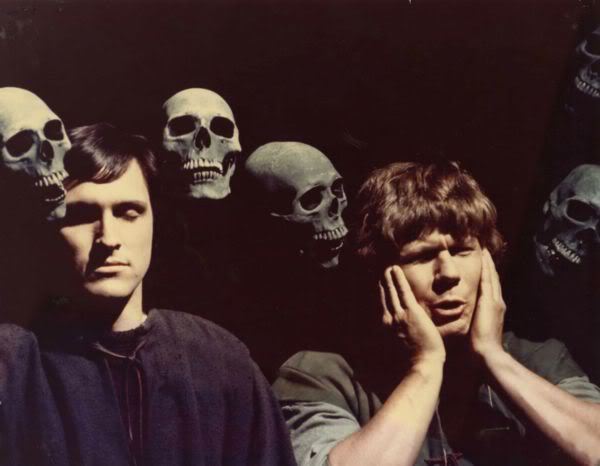
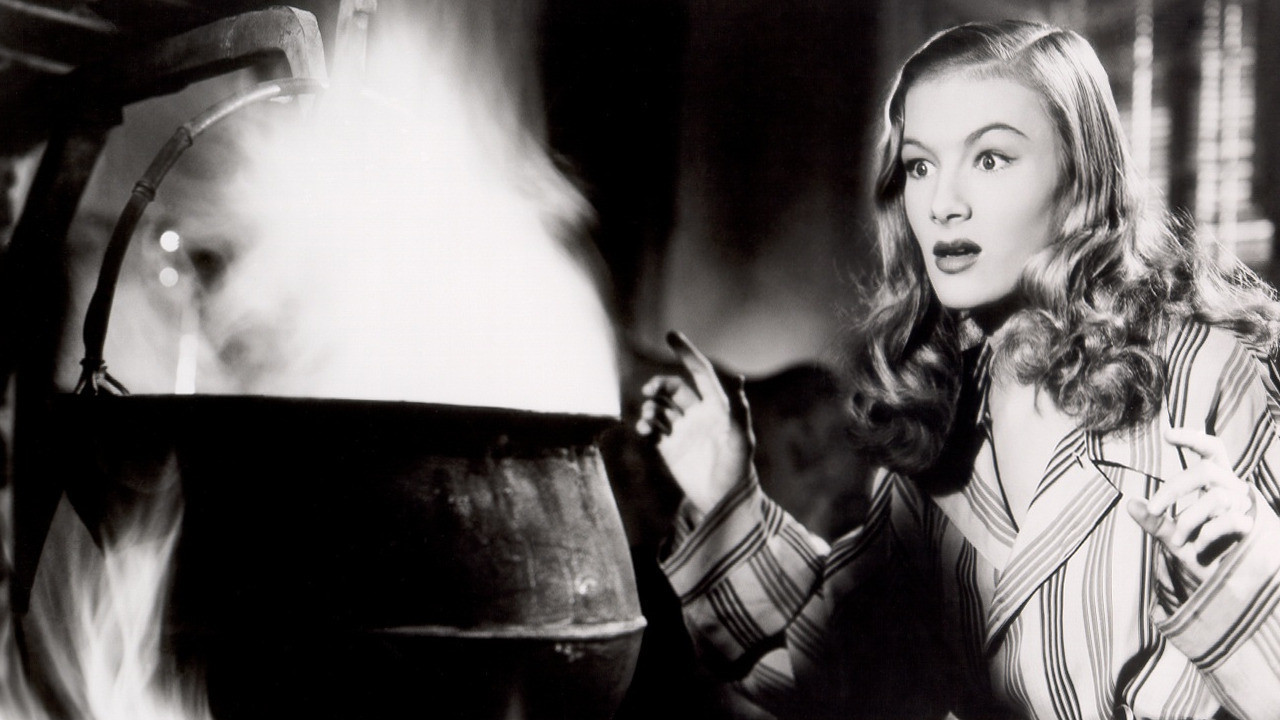
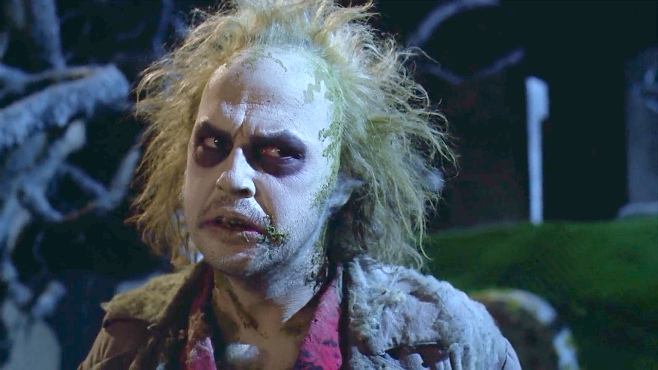
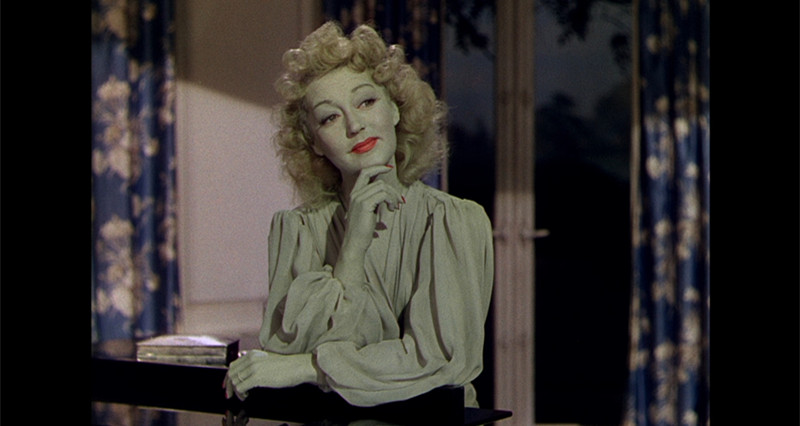
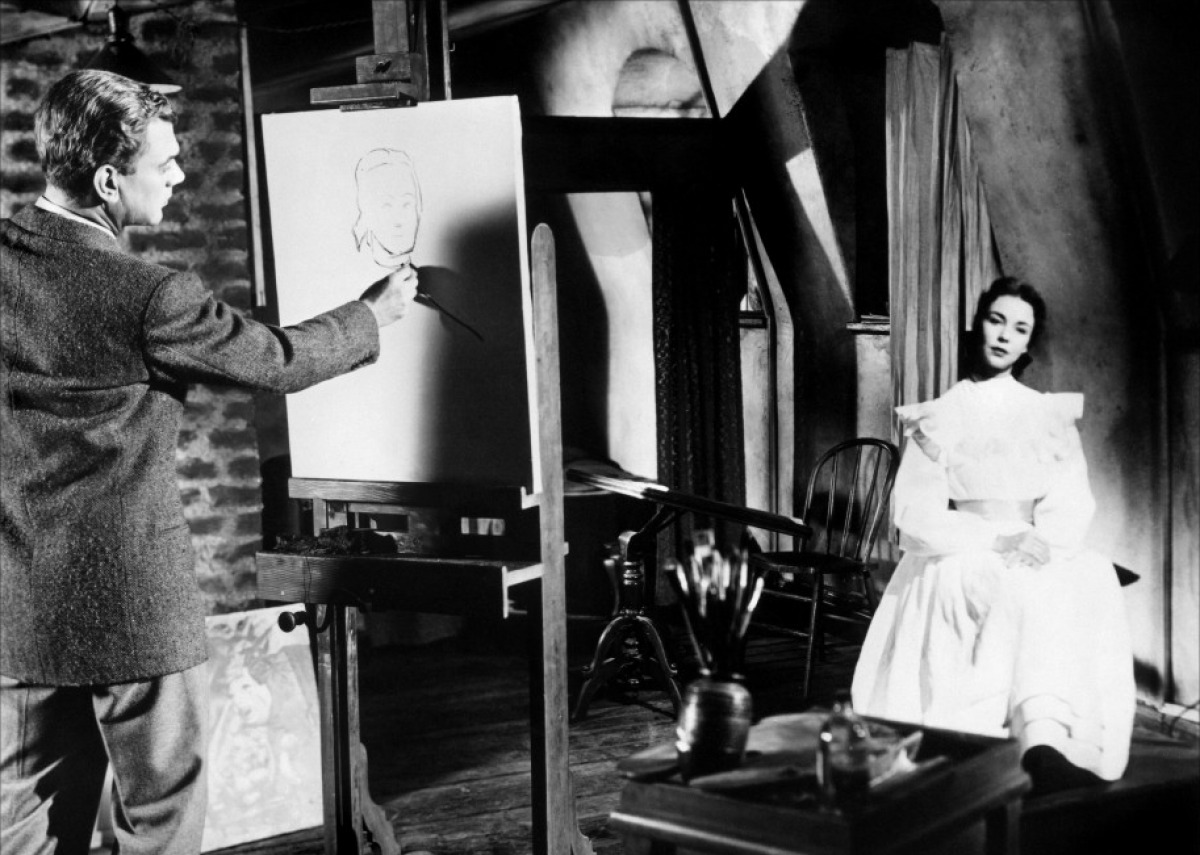
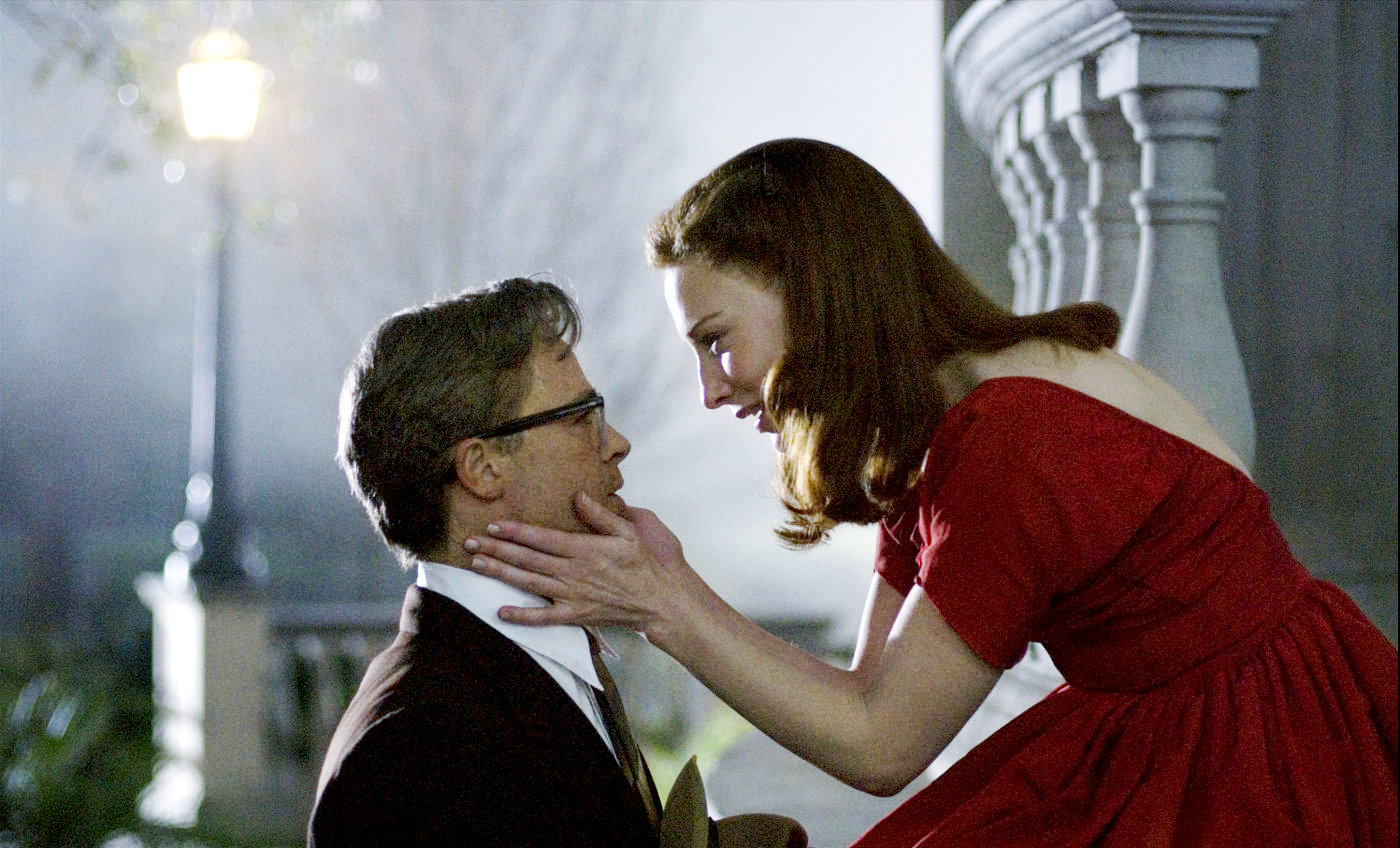
![TITLE: GHOST AND MRS MUIR, THE ¥ PERS: TIERNEY, GENE ¥ YEAR: 1942 ¥ DIR: MANKIEWICZ, JOSEPH L. ¥ REF: GHO001AH ¥ CREDIT: [ THE KOBAL COLLECTION / 20TH CENTURY FOX ]](http://www.tasteofcinema.com/wp-content/uploads/2015/04/The-Ghost-and-Mrs.-Muir-1947.jpg)
